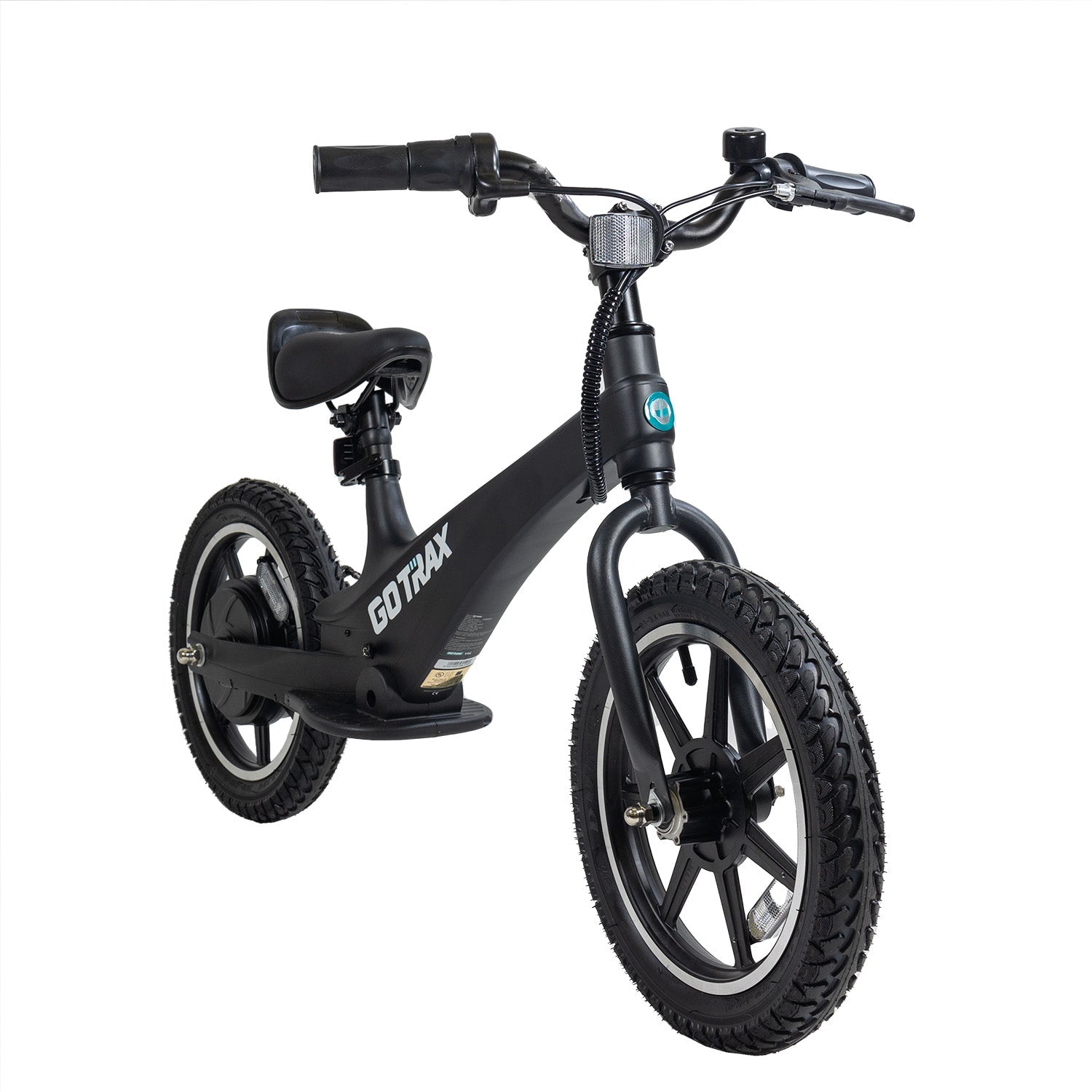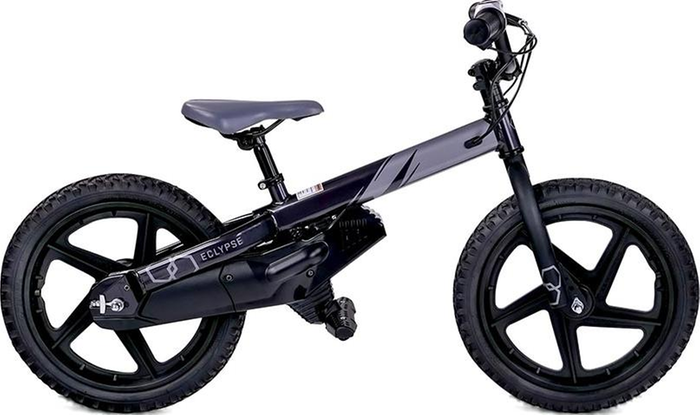Highly Rated Kid Bicycles with Lightweight Designs for Effortless Maneuverability
Comprehending the Types of Youngster Bikes Readily Available: A Comprehensive Overview to Selecting the Right Bicycle
Selecting the ideal bike for a kid requires a complete understanding of the different types available, each customized to certain developmental stages and riding environments. From equilibrium bikes that promote early sychronisation to specialized designs like mountain and BMX bikes created for experience and efficiency, the options are nuanced and diverse. As moms and dads and guardians navigate these selections, it comes to be vital to think about variables such as safety and security, convenience, and intended usage. What requirements should inevitably assist this decision, and just how do they line up with a youngster's special needs and desires?
Equilibrium Bikes
Equilibrium bikes act as a superb intro to biking for kids, cultivating necessary abilities such as self-confidence, equilibrium, and sychronisation. Unlike typical bicycles, balance bikes do not have pedals, enabling youngsters to concentrate on finding out how to stabilize while moving themselves with their feet. This style makes it possible for a more natural development to riding a two-wheeled bike without the demand for training wheels.
Usually readily available for children aged 18 months to 5 years, equilibrium bikes can be found in various sizes and materials, including wood and light weight aluminum. Their light-weight building and construction guarantees simplicity of handling, enabling youngsters to steer with better dexterity. The lack of pedals additionally urges youngsters to explore their environments openly, advertising physical task and enhancing motor abilities.
In enhancement to boosting balance, these bikes impart a sense of independence as children learn to regulate their rate and instructions. Parents commonly discover that kids that grasp balance bikes shift to standard bicycles a lot more easily, as they have already developed the fundamental abilities necessary for biking. On the whole, balance bikes are a vital device in introducing little ones to the pleasures of cycling while building self-confidence and physical competence.
Educating Wheels
Educating wheels provide an additional support group for children transitioning from balance bikes to standard bicycles, enabling them to acquire self-confidence while discovering to ride independently. These accessories support the bike, enabling young cyclists to concentrate on pedaling and steering without the fear of dropping.

When choosing a bike with training wheels, it is important to take into consideration the youngster's elevation and weight to make certain appropriate fit and safety and security - kid bicycles. Furthermore, choosing a bike with a light-weight structure can enhance ability to move, making the discovering process much more delightful
Inevitably, training wheels offer as an important device in a kid's biking journey, facilitating the change to independent riding. When the kid has grasped balance and control, the training wheels can be gotten rid of, noting an exciting landmark in their development as a biker.
Mountain Bicycle
Mtb are especially developed to handle the roughness of off-road cycling, offering improved durability and performance on sturdy terrains. Constructed with durable structures, these read what he said bikes usually include broader tires with aggressive footsteps to supply superior traction on unequal surfaces. The geometry of mtb enables for far better security and control during descents and doglegs, making them optimal for adventurous young motorcyclists.
When picking a mtb for children, it is important to consider the size and weight of the bike, guaranteeing it is convenient for the kid. Many mountain bicycle feature attributes such as shock absorber, which can absorb shocks from bumps and dips in the trail, enhancing comfort and safety and security. In addition, a tailored system can assist young motorcyclists in taking on steep inclines effortlessly.
Safety and security functions, such as reflective aspects and efficient stopping systems, must additionally be focused on. Going with a bike with a lightweight yet tough structure will certainly help with better handling and maneuverability. Inevitably, an appropriate mtb can cultivate a youngster's interest for biking while urging an energetic lifestyle, making it a useful investment for both enjoyable and physical fitness.
BMX Bikes
BMX bikes are a prominent option among young riders seeking thrills and enjoyment in cycling. Made for both racing and freestyle riding, these bikes are defined by their tough structures, smaller sized wheels, and a lightweight construct. Usually featuring 20-inch wheels, BMX bikes Your Domain Name allow riders to carry out jumps and tricks, making them excellent for skate parks and dust tracks.
A key function of BMX bikes is their single gear arrangement, which gives simpleness and reliability throughout high-speed maneuvers. The design also includes a reduced stand-over height, enabling easy mounting and getting down, particularly matched for younger cyclists. Lots of versions come furnished with fixes on the axles, boosting the bike's adaptability for executing methods.
When selecting a BMX bike for a get redirected here youngster, take into consideration the biker's elevation, skill, and age degree to make certain an appropriate fit. It is important to pick a bike that is lightweight yet sturdy, as this will improve control and security throughout trips. Safety and security gear, consisting of headgears and pads, should always go along with BMX riding to secure young lovers as they explore their enthusiasm for cycling.
Roadway Bikes
Designed for speed and performance on smooth surfaces, road bikes are an excellent selection for young bicyclists that aim to explore longer distances and establish endurance. These bikes are identified by their light-weight frames, narrow tires, and wind resistant layouts, all of which add to their capacity to achieve higher rates on smooth surface.
When selecting a road bike for a child, it is vital to take into consideration the right frame size and fit. Proper sizing guarantees comfort and control, lessening the threat of injury throughout experiences - kid bicycles. Several manufacturers offer youth-specific designs that satisfy the unique proportions of younger cyclists, making it less complicated to find a suitable fit
In addition, road bikes commonly include decrease handlebars that facilitate a more aerodynamic riding placement. This layout is helpful for older youngsters who might be all set for affordable cycling or longer rides. Moms and dads must likewise pay attention to equipment choice; bikes geared up with several gears can assist young bikers in taking care of varying terrain.
Inevitably, road bikes offer an outstanding platform for creating biking skills and fostering a love for exterior activity, making them a deserving financial investment for energetic young people.
Conclusion
In recap, choosing the appropriate bike for a kid demands cautious consideration of the different types available, each tailored to particular riding atmospheres and needs. Equilibrium bikes cultivate very early coordination, while training wheels aid in transitioning to standard bikes. For adventurous pursuits, hill bikes and BMX bikes satisfy off-road and method riding, respectively. Road bikes emphasize speed and performance on paved surface areas. Eventually, recognizing these categories allows informed choices that straighten with a youngster's passions and abilities.
